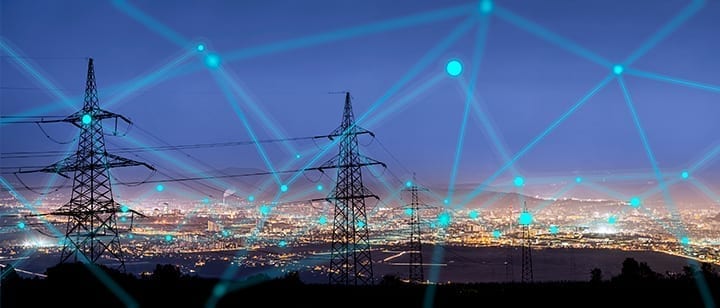Are 1-in-10-Year Events Really 1-in-10-Year Events Anymore?
The post Are 1-in-10-Year Events Really 1-in-10-Year Events Anymore? appeared first on POWER Magazine.

When evaluating resource adequacy requirements, many power companies and grid operators have used a methodology that originated more than 70 years ago. This probabilistic reliability approach has generally performed adequately through the years. It has generally evaluated loss-of-load events occurring at frequencies of one-day-in-10-years (1-in-10) to be acceptable in terms of system reliability.
However, it's not without risk, as incidents in Texas, California, and other parts of the country and world have demonstrated in recent history. In light of these events, it's worth asking: have risks changed? It could be that the method used to evaluate what constitutes a 1-in-10 event is no longer sound.
When you have 1-in-a-5 or 1-in-a-10-year event that's happening every year, most likely those are not 1-in-a-10 or 1-in-100-year events," Electric Power Research Institute (EPRI) CEO Arshad Mansoor said as a guest on The POWER Podcast.
Really, what we need to go is beyond that. We need to look forward to a future, and not really just back-cast, but forecast. What is the resiliency of the grid that we need when maybe societal dependence on electricity has doubled because of electrification, where extreme weather is becoming frequency, and severity is becoming a norm? And, our resource mix is changing pretty rapidly, and these changes are profound. So, taking all those three trends into consideration, we just need to step back-and resource adequacy is one part of the planning process," Mansoor said.
In rather prescient timing, EPRI published a technical update (or white paper) on Jan. 28-about two weeks before uncharacteristically cold weather caused widespread blackouts all across Texas. That timing was not by design," Mansoor said, noting that EPRI has long been working on ways to enhance grid design, planning, and operation to help navigate the energy transition.
According to the abstract, This white paper focuses on planning for resource adequacy given a world in which supply disruptions are correlated and no longer limited to the outage of independent units and may be due to widespread or long-duration events with significant economic impacts on consumers." The 72-page paper highlights several attributes of planning for resource adequacy in an environment of increasing numbers of extreme events. Among the items addressed are:
- Supply disruptions that are common-mode events caused by weather, cyber and/or physical attacks, natural gas constraints, or combinations of factors.
- The occurrence of an event (zero/one), consideration of its physical impacts (the amount of unserved energy, breadth of customer base impacted, and duration), and its economic costs to consumers.
- The need for the definition of probabilistic metrics and methodologies that over time can be used to incorporate consideration of common-mode and high-impact supply disruptions.
The paper concludes with an identification of strategies that individual utilities and independent system operators/regional transmission organizations (ISOs/RTOs) could follow based on their unique situations.
I would encourage all of your audience to go to our website www.epri.com and you should be able to download the paper-we have made it available to all," Mansoor said (see Exploring the Impacts of Extreme Events, Natural Gas Fuel and Other Contingencies on Resource Adequacy").
On the podcast, Mansoor talked about many other topics including the need for U.S. transmission interconnection upgrades; coal and nuclear plant challenges; ways to maintain grid inertia; the promise of advanced reactor designs, battery storage, offshore wind, geothermal energy, carbon capture technology, and hydrogen-based options; what to expect from the new Biden administration; and much more. To hear the full interview with Mansoor, follow the links below to The POWER Podcast show pages on your favorite podcast platform or click on the SoundCloud player below to listen now:
The POWER Podcast 81. Are 1-in-10-Year Events Really 1-in-10-Year Events Anymore?For more power podcasts, visit The POWER Podcast archives.
-Aaron Larson is POWER's executive editor (@AaronL_Power, @POWERmagazine).
The post Are 1-in-10-Year Events Really 1-in-10-Year Events Anymore? appeared first on POWER Magazine.